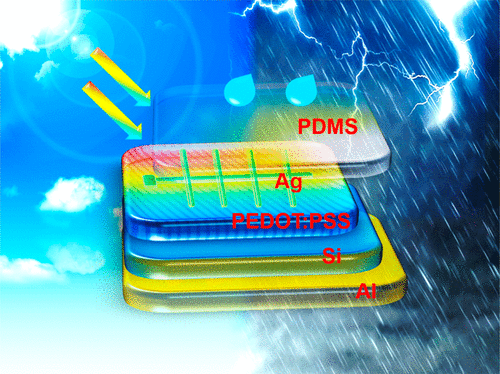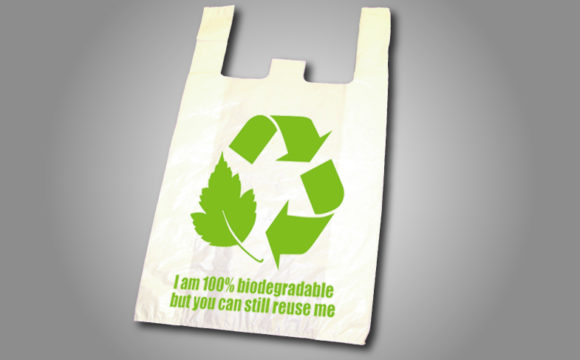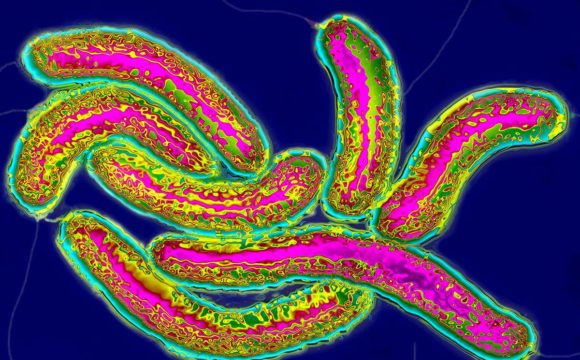Renewable energy technologies have been picking up the pace as a result of their cleaner nature and lower prices compared to non-renewable energy. Solar energy, one of the earliest eco-friendly energy source, is harvested using solar panels that capture sunlight. While these are very efficient on sunny days and in areas with open skies, they are unsuccessful in cloudy weather, such as on rainy days and tend to become a concern in monsoon seasons. However, recently a team of scientists at the Soochow University, China have developed a hybrid solar panel which can collect energy from the kinetic energy of falling raindrops. This study was published in the scientific journal, ACS Nano.

Source: https://pubs.acs.org/doi/full/10.1021/acsnano.8b00416#showFigures
The researchers incorporated a triboelectric nanogenerator (TENG) onto the solar panel, which converts mechanical energy into electrical energy. This would be facilitated on a very small scale for raindrops. To create a panel which was lightweight, yet efficient, the scientists had to experiment with a number of different polymer materials. They created a heterojunction silicon solar cell with a triboelectric generator, which was combined by a shared electrode of poly(3,4-ethylene dioxythiophene): poly(styrene sulfonate) (PEDOT: PSS) film. This imprinted PEDOT: PSS film is applied to decrease the light reflection, which results in a greater short current density. A water-drop nanogenerator was assembled on a solar cell which was facilitated by linking an imprinted-polydimethylsiloxane (PDMS) as the triboelectric material with the electrode which is the PEDOT: PSS layer. The output of this triboelectric generator is greatly enhanced from the large contact area between the imprinted-PDMS and water drops. The incorporated PEDOT: PSS layer overcomes the output loss of the solar cell.
The researchers were able to successfully create an adaptable panel that converts both solar and water drop energy into electrical power, combining the benefit of the high current output level of the solar cell and high voltage output level of the TENG. With this technology, solar panels could be installed in areas with less exposure to the sun, or increase their efficiency during monsoon seasons.
According to the Solar Energy Industries Association, the cost for setting up commercial solar panels (utilized by companies) has reduced by over 58 % since 2012. If scientists can improve their prototypes to reduce the cost of production, this technology could certainly advance the utility of solar panels. It has been predicted by the International Energy Agency, that renewable energy will consist of 40 % of the global power generation by 2040.
References:
Liu, Y., Sun, N., Liu, J., Wen, Z., Sun, X., Lee, S. T., & Sun, B. (2018). Integrating a Silicon Solar Cell with a Triboelectric Nanogenerator via a Mutual Electrode for Harvesting Energy from Sunlight and Raindrops. ACS Nano.










